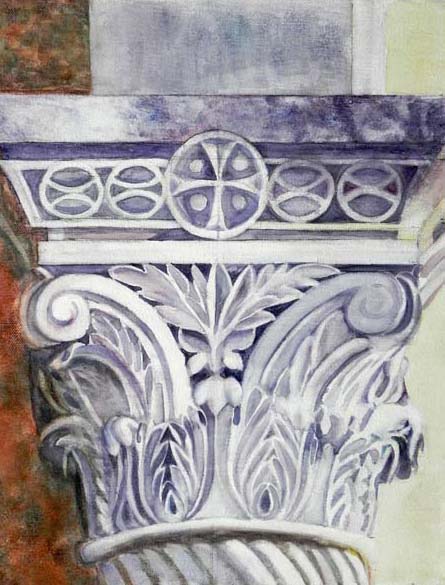My Affair with Maidenrock
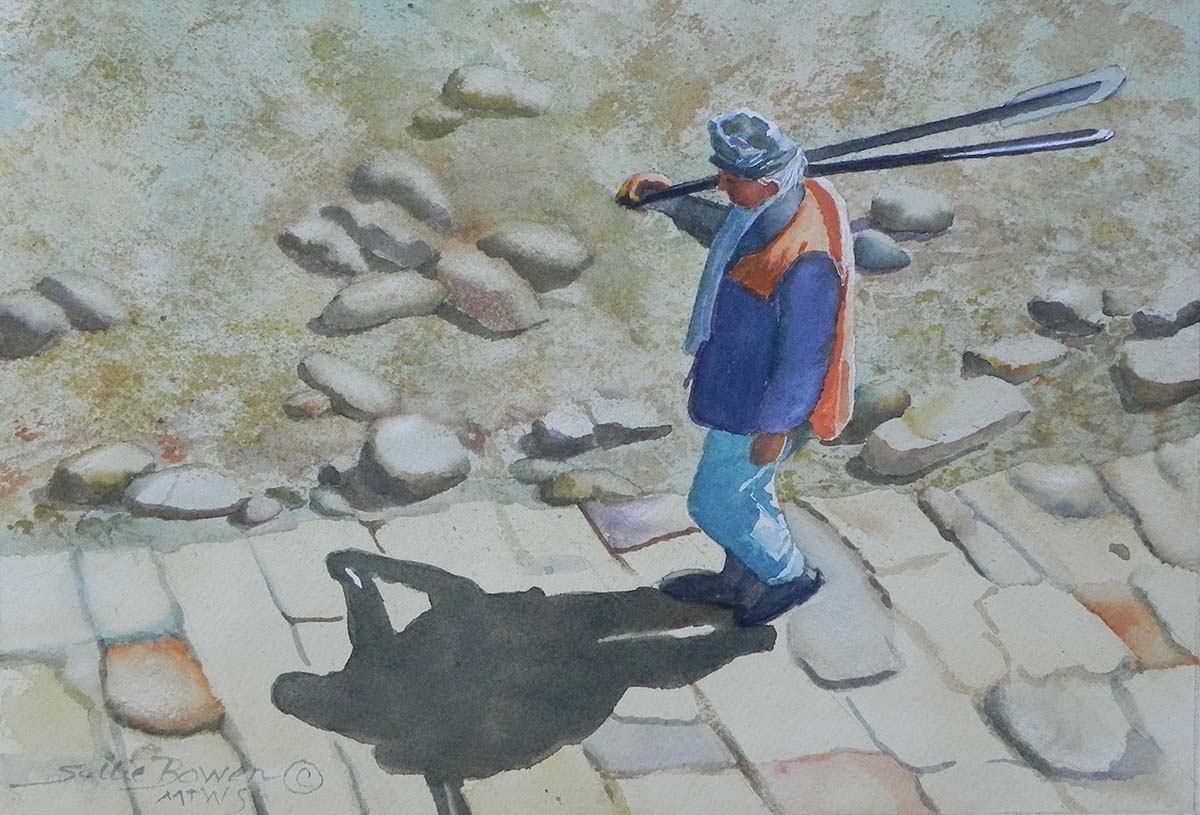
The Oarsman was accepted in the 2023 Montana Watercolor Society National Juried Show, on exhibit at Bigfork, MT’s Art & Cultural Center. It was one of fifty painting chosen nationally to be accepted into this exhibition. This painting was done after my painting trip to Brittany, France.
Read Edrienne Kittredge’s Artrepreneur Program Spotlight about Sallie Bowen
The My Artrepreneur Program Forum Spotlight shines on watercolorist Sallie Bowen, an artist who sees her work as a way of “Finding Peace through Painting.”
Bowen, who sees being an artist as an honor, believes that “To participate in art is to celebrate life. Our short existence on this earth demands that we give it full attention.” She also holds that being an artist requires spending time wisely to produce the best…
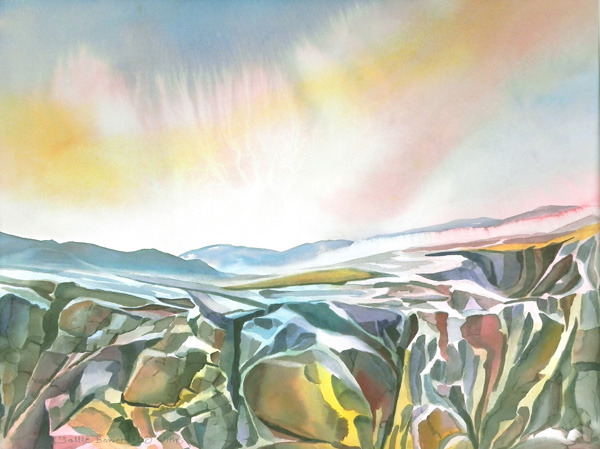
Landscapes of the Mind
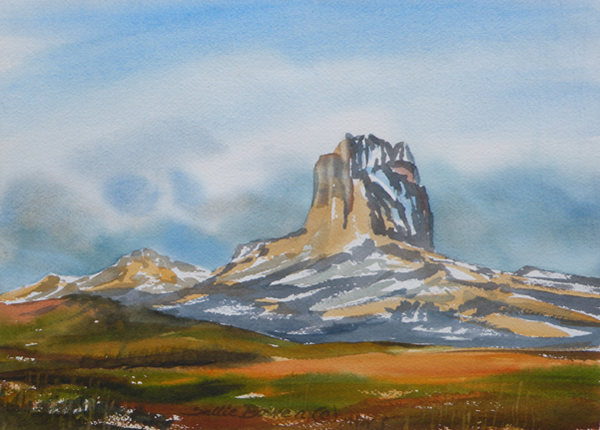
Landscapes of the West
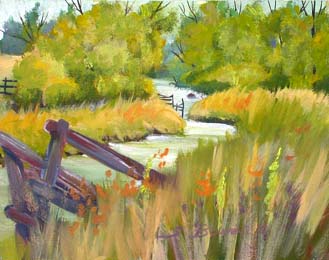
On a Small Scale
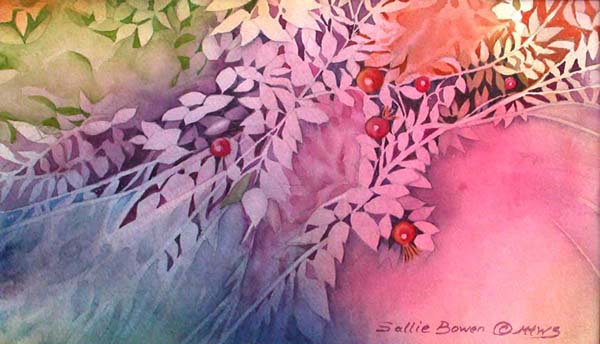
Botanical

Buttescapes
